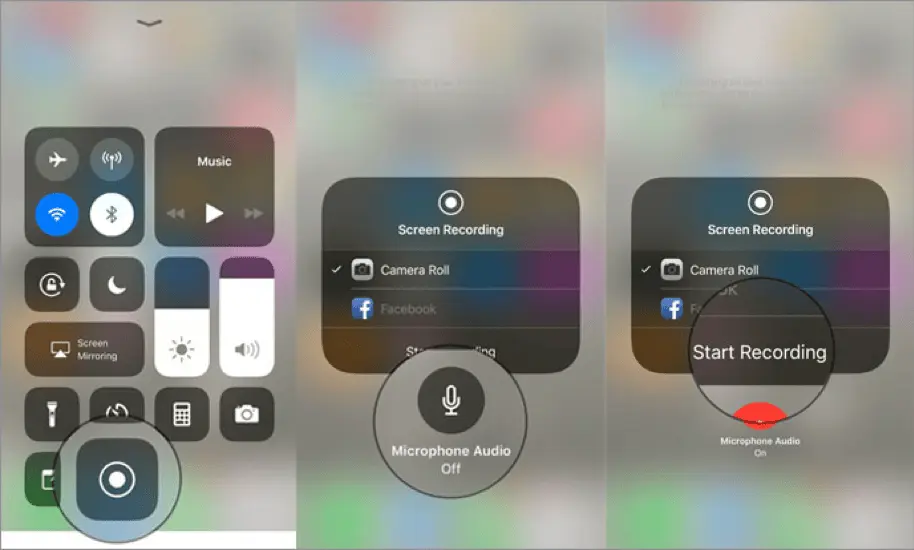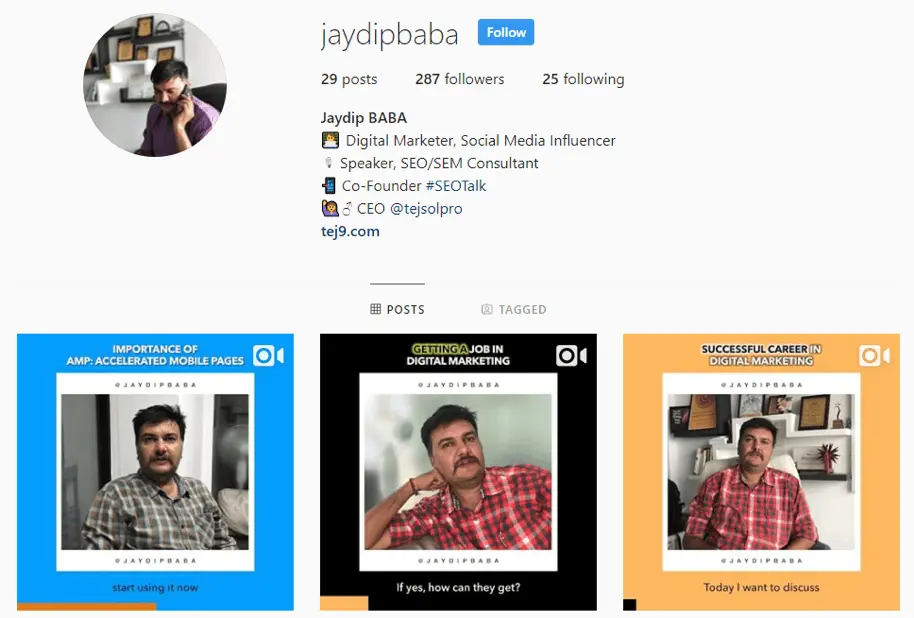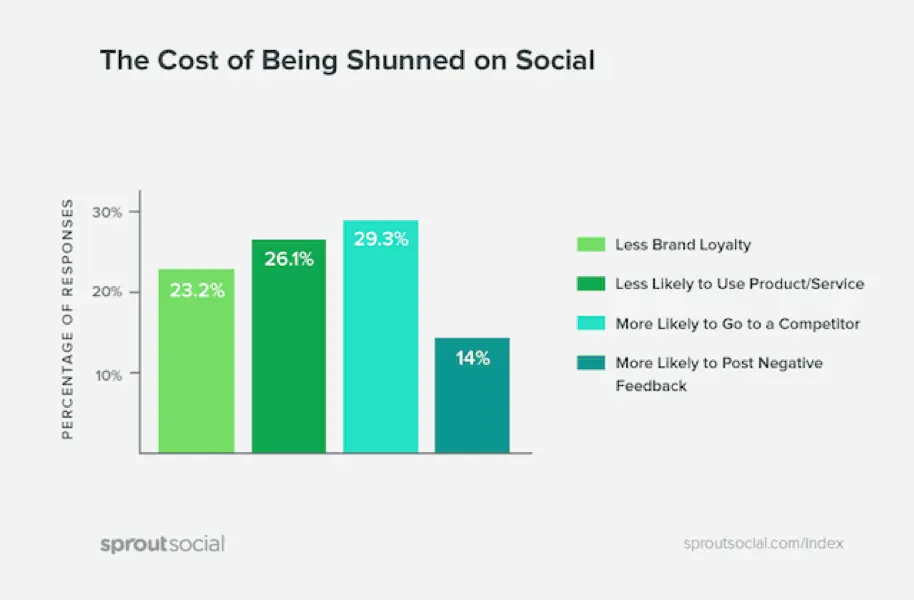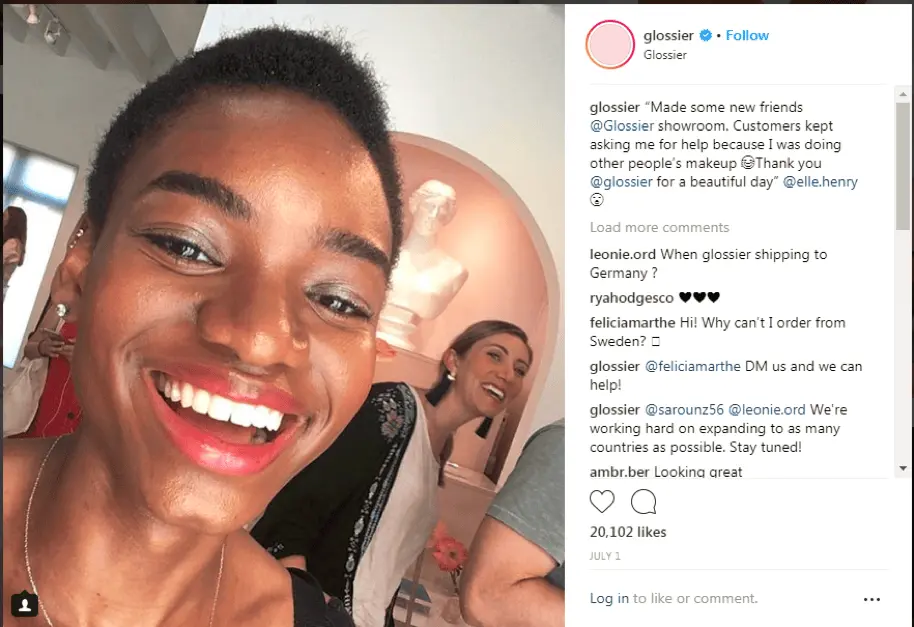If you’re working in marketing, you need a content strategy plan. Full stop.
Having a content strategy plan in place is one of the best ways to ensure your content is effective, personalized and organized. It’s possible that you currently have one you’re working with, but is it doing what you really need it to?
If you have a strategy for content creation, it’s wise to periodically give it a once-over to make sure it’s garnering the results you want. So to help you outshine your competition, we’ve outlined content strategy basics, why it’s important and the steps needed to create an effective strategy.
What is content strategy?
A content strategy is a marketing plan that outlines what content you’re going to create and the goals you want it to achieve. Your strategy will include the who, what, where and how of your content so that everyone involved in creating and distributing content is on the same page. A clear content strategy will provide a foundation for all decisions around your content while also providing a means for management and organization of it.
Implementing effective content into your business model can lead to better brand awareness, higher lead generation, strong customer relations and so much more. By creating content, you provide your customers with a content experience that in turn strengthens your rapport and encourages a personalized and meaningful customer experience.
Creating effective content won’t be accomplished in a single day. Whatever resources you end up implementing, focus on content personalization to ensure your content is reaching your audiences in the right way and at the right time.
Oh, and speaking of time — when is the right time to implement a content creation strategy? Generally, always. Your strategy should be an ongoing part of your business, no matter what industry you’re in.
For instance, if you’re in the fashion industry, it’s wise to be present on Instagram. Working in insurance? A blog is a great content channel to utilize since readers often search for topics in your subject area. You may not need to be accessing every content channel, but you should be utilizing the ones that make the most sense for your area of expertise. There will also be times throughout your organization’s lifetime when you hit the gas on your content, like during a rebrand or product/service launch, but there are too many benefits to the customer content experience to not always have it running in some form.
Content strategy as a product
Content impacts so many different aspects of your business, from lead generation to inbound marketing to brand image and beyond. So what would happen if you treat your content strategy as a product instead of a project?
By understanding content as project-based, you limit those involved and even the potential growth it could have. By fitting your content strategy into your business model just as you would any other product or service, you’re setting yourself up for real growth. Flipping your view of content from project to product is simple: consider each channel you post content to as a product, and then go from there as you “build” and “launch” your content product.
Content strategy is for everyone
Everyone in your organization should know what your content marketing strategy is. By offering access to your content strategy, you’ll lower the risk of off-brand creations and duplicate efforts.
When your content strategy is available to all, you also make sure everyone is on the same page and working towards the same goals. However, you don’t need to share absolutely everything with everyone if they’re not stakeholders. A targeted summary will work, and in other situations, you can simply offer content templates.
Of course, you may need to have someone in charge of your content strategy, like a dedicated content strategist. A content strategist will need to be proficient in copywriting, content presentation, delivery, campaign experience, multitasking and organization, content monetization, and traditional leadership skills.
Your content strategist will be the one implementing your content strategy on a day-to-day basis through their work with C-level execs down to junior copywriters. Hiring someone into this position isn’t the only option though. Through proper content management (e.g., editorial calendars, content tools, templates, etc.), everyone promotes your content strategy without requiring one sole person to shoulder the full weight.
Creating a content strategy
A content strategy isn’t one-size-fits-all, and what goes into yours will depend on a few factors. You can create the best content strategy possible for your business by evaluating each of these areas.
Set goals
What’s the point of your content? Why do you want to produce it? Answering this question first will steer the rest of your strategy in the right direction. Before all else, define what you want to accomplish with your content by examining what you stand for and your marketing objectives.
Here are some ideas for goals your content plan may address:
- Building customer loyalty
- Increasing brand awareness
- Supporting customers
- Retaining employees
- Converting leads
- Driving traffic to your site
Your goals will change as your organization grows, so revisit them and assess what needs to change to keep your content plan aligned with your business needs.
Know your target audience
Detail who your content is being produced for and where they’re most likely to consume information. And remember that different types of content can help you reach different audiences. Knowing how each of these groups behaves, their lifestyles, what issues they face and more will guide you towards the right content formats. It’ll also guarantee you’re using the most effective content for that audience.
Do competitive research
Checking in on what your competition is doing can help you see what is working and what isn’t. You may find there’s a gap to fill with something no one else is doing that you believe could work to draw customers in.
Tell your brand story
Your brand story is what makes you unique, and this needs to be highlighted to set you apart from others. Your company probably isn’t the only one out there doing what you’re doing, so why should someone buy from you? What makes you the better option? This is where you need to highlight your strengths and everything that makes you better than the other guys.
Your brand story should influence and guide all of the content you create. For example, at Lucidpress, our brand story focuses on helping businesses put their best foot forward with effective content. All of our content acts as an extension of that, from blog posts about content strategy to advice for creative teams.
Identify content channels
Because content comes in different forms, you’ll need different channels to publish it on. This section will be influenced by your audience, where they spend their time and what formats of content you’ll be using. Here are a few examples of different channels and when they’re best used:
- Homepage: This is your online storefront. What you post here will teach potential customers what your product is and how it benefits them. Your website is best used as a starting point for the buyer’s journey.
- Blog: People seeking information are bound to wind up on a blog. Your blog is an ideal spot for showing off industry knowledge, giving expert advice and offering product tips. You can cast a wide net and appeal to all sorts of people, from current customers to those who’ve never heard of your brand.
- Social media: Social media platforms can be used for paid ads but also for posting your own content on your page. Social media is a great place to show off your brand’s personality and build relationships with current customers.
- Newsletter: Newsletters are beneficial for retaining customers and keeping them engaged with your brand. You can target different audiences to share current news from your industry or upcoming changes or new releases from your product.
- Influencer marketing: Influencers build brand awareness through their word-of-mouth referrals. Influencer endorsements are a great way to drive traffic and generate interest in your brand.
- Pay-per-click ads: Ads are an easy way to get your brand in front of as many audiences as possible. You can use pay-per-click ads on sites your audiences frequent to build brand awareness.
- Forums: Use forums to increase customer loyalty through tech support or even chatting about new ideas. Forums can also be used to generate customer feedback to build customer relations.
- Guest posts: Guest posting can be a useful tactic for building brand awareness, breaking into a new market or getting your product in front of people who haven’t heard of it.
Determine your budget
If you view your content as a product, your current budget is most likely going to change. Just as companies pad traditional production budgets banking on prototypes and trial-and-error periods, it’s a great idea to do the same for your content.
For example, your first content marketing plan may include hosting a regular podcast, but with time you may find this is a flop and need to move on. Will you be prepared to deal with the loss? Or will you continue to maintain something that’s possibly hemorrhaging money? Start with estimates, then determine what you already have at your disposal.
Measure your success
No content creation strategy is complete without a way to measure marketing performance. The best way to measure your performance will be based on your goals. Below are a few ways to determine your metrics.
- Word-of-mouth referrals
- Views, likes, shares and mentions
- Traffic
- Conversions
- Click-to-open rates
- Reduction in support calls or time spent on calls
- Customer retention
- Revenue
Plan your content calendar
A content calendar details what content you’ll be putting out. You can use one big calendar to include all content formats and channels or have individual calendars for each channel (this may help if one channel uses several types of content).
There are several different forms content can take, and which one you use may depend on your topic or area of expertise. Here are the most common types:
- Blog post
- Video
- Social media post
- Infographic
- Whitepapers
- ebooks
- Podcast
- Landing page
- Newsletter
- Case study
Content strategy examples
Your job is to make sure that content conveys the essence of your brand efficiently and effectively. You want your brand not just to be known, but to be memorable.
Here are some proven ways to do just that.
1. Use surveys to tell readers about themselves
There’s a power in data that no amount of convincing copy can match. It’s no wonder, then, that original research is one of the most sought-after forms of content. Compelling data backed by strong market research and insightful analysis is a surefire way to grab an audience’s attention.
Online surveys—via your website, email or social media platforms—are a great way to collect first-hand data from users at little to no cost. By gathering this data, you’re not only laying the foundation for the report you’re building; you’re also getting your users more invested in your brand. Once they tell you things about themselves—what they like and dislike, what they think, what they want—they’re keen to learn more about your brand and whether you can customize products to their liking.
Take subscription retailer JustFab for example. Every customer is quizzed about their style preferences, and a personalized style brochure is created for them based on their inputs.

These personalized recommendations are the secret behind JustFab’s success as a billion-dollar unicorn at a time when other retailers are faltering.
2. Ceaselessly educate your audience
Rewind back to high school. Was English your favorite subject? If so, I’d bet $20 that you remember your favorite English teacher in vivid detail. Replace English with history, chemistry or whatever your favorite subject might’ve been—you get what I’m saying.
When you learn something new and exciting, you’re likely to remember who taught you about it.
Sharing things that your users love to learn about will attract new customers to your brand like heat-seeking missiles.
From YouTube videos to well-researched whitepapers, the form your educational content takes is entirely up to you and your readers. A detailed step-by-step post (with pictures) is my favorite way to quickly learning something new. As an avid iPhone fan, I turn to Apple forums for news and information on all my iDevices. What these niche sites successfully demonstrate is that you don’t have to burn a hole in your pocket to create great content. In fact, you can record your iPhone screen and turn it into a quick video tutorial of your product.

But, it’s not just the format of your content that matters. It’s also the platforms you use to share it on. For example, with the rise of Instagram, it’s easy for me to reach out to my audience with short informational videos that showcase my skills and educate the user.

3. Support a cause you believe in
One thing we know about the millennial generation is that they care deeply about causes that matter to them, and they support brands who support those causes. With millennials now wielding the most purchasing power, it’s a good time to dig deep into your brand’s heart and discover the cause that makes it skip a beat.
Specialty retailer BoxLunch is a wonderful example of a brand that lives by its principles. For every $10 you spend with BoxLunch, the company donates one meal to the charity Feeding America.

Mind you, this is not an exercise to start today and forget a few months from now. Consumers can smell fakes a mile away, and your actions go a long way toward building your online reputation. A positive online reputation is the foundation of a strong brand image, which ultimately improves the ROI generated through branding.
For this reason, make sure you pick a cause that truly means something to your company, so it becomes a long-term investment rather than a quick win.
4. Keep in touch with your followers
Each year, brands spend billions of dollars to stay top-of-mind with their target audiences. After all, mind-share equals wallet-share.
But, the best ways to stay top-of-mind have been evolving. From outdoor media, print & television to their digital counterparts, the way consumers connect with brands is changing.
According to a survey by Adobe, 61% of consumers prefer to connect with brands via email. (The next preferred channel? Direct mail.) Audiences love email for its efficiency and capacity for personalization, which makes it feel like the message was directly meant for them.
Social media can also help you stay connected with followers while crafting a brand image that reflects your values. Asking customers to follow you on social media opens up a free, highly engaging channel that they already spend big blocks of time on. And, it offers several benefits that you definitely don’t want to miss out on.

Source: SproutSocial
Beauty brand Glossier features its users on its social channels as a way to build closer bonds with them.

Not only do they share real users using their products (hello, user-generated content!), they also engage each user on a 1:1 basis, bringing their brand into their users’ intimate social circle.
Dig into content management
It’s smart to have a central hub where your content can be found and used quickly. A content marketing platform or management program can help you keep track of the who, what, where, and when of your pieces.
Set up a system where you can create, manage and measure your content all in one place. One bonus to a management system is the ability to keep your content relevant and on-brand through brand templating. Templatized content allows you to lock down brand elements, guaranteeing that brand logos and colors are used properly and not changed willy-nilly. Templatized content also gives you the option of sharing with everyone in your organization, freeing up valuable time for your designers.
As you create your content strategy, you may experience some hiccups along the way, but don’t get discouraged. It’ll take time to get your content and its strategy to where you want it, but each of these steps will build a foundation that you can revisit at any time. And if you need a few ideas on how to create the best content experience for your readers, check out our content experience ebook for more tips.



